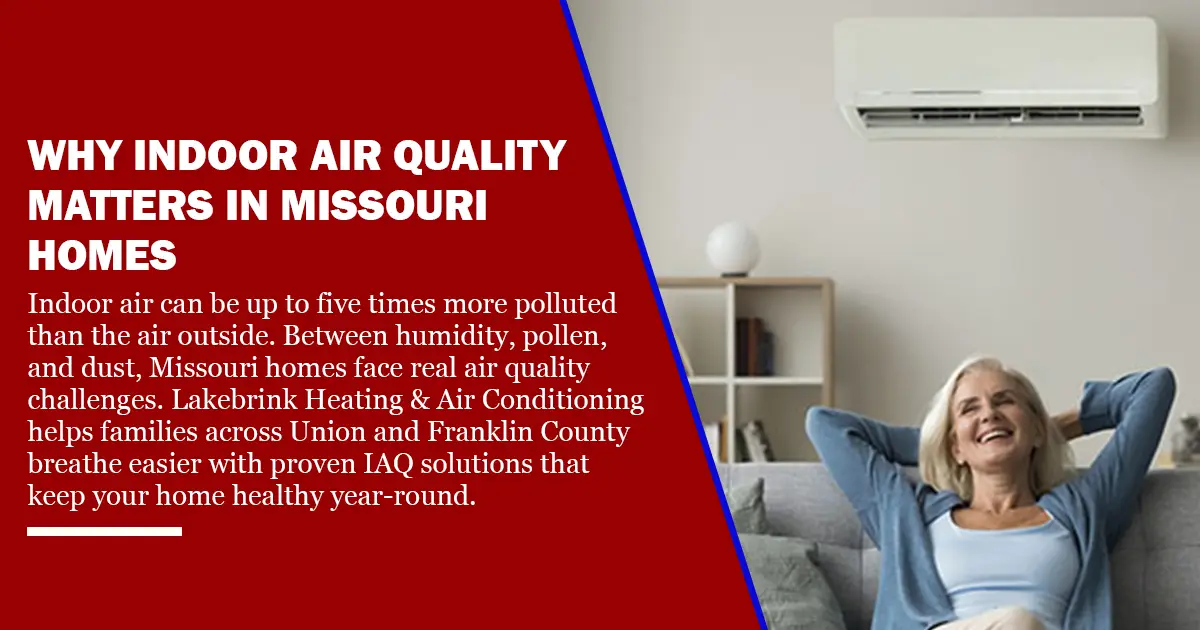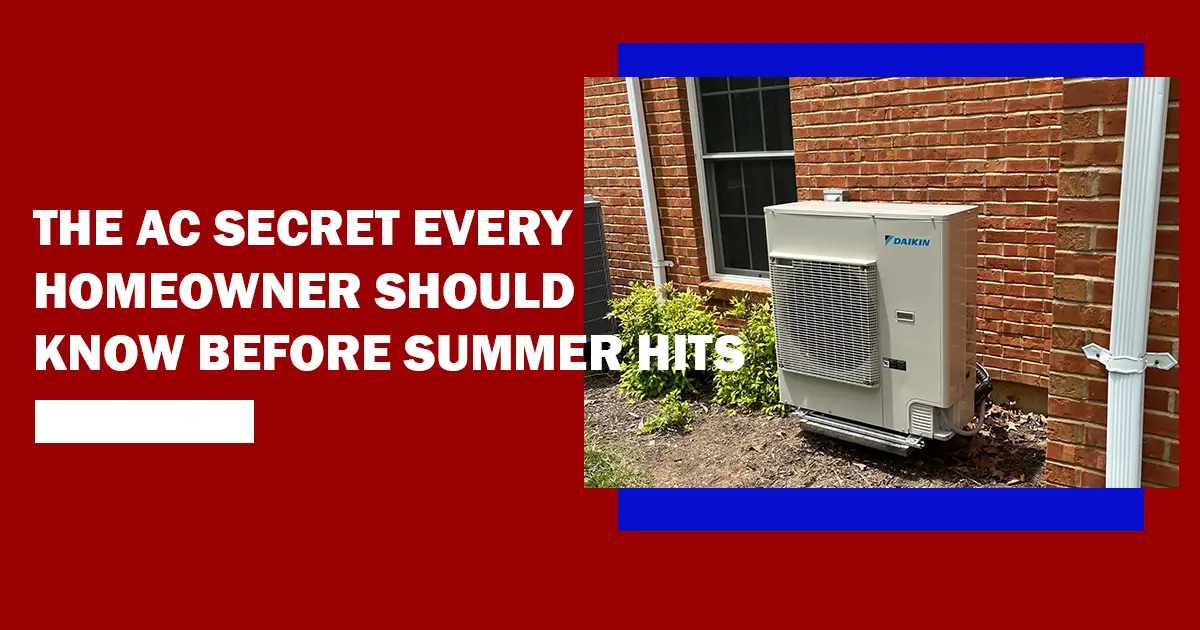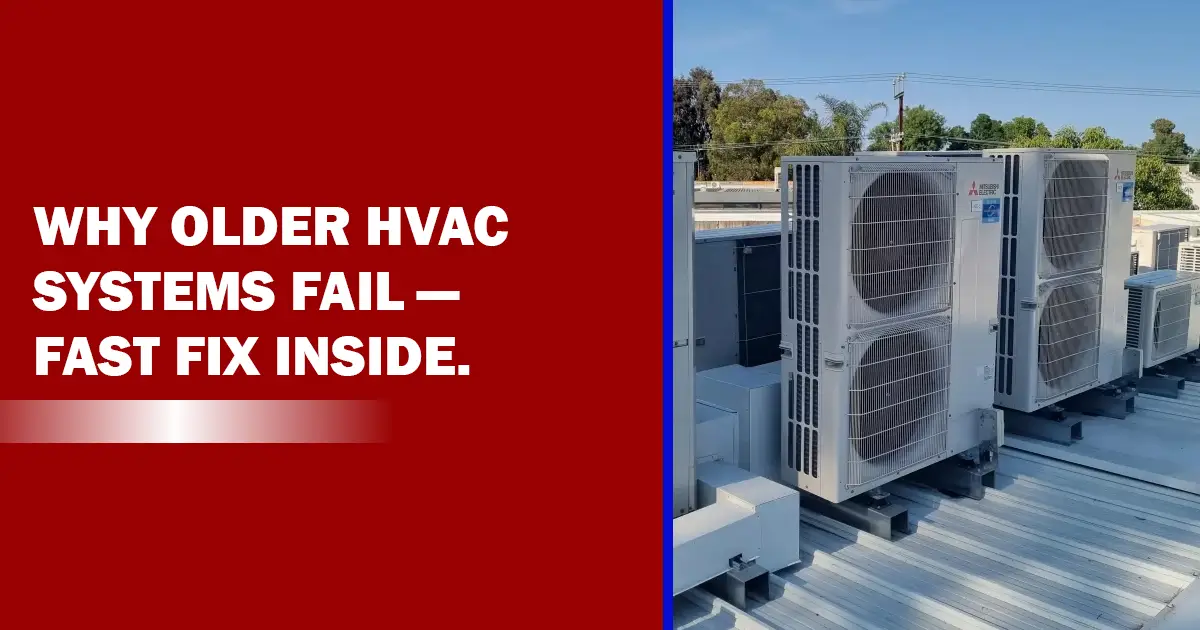It’s not just outdoor pollution you should worry about. The air inside your home can be 2–5 times more polluted than the air outside. Between humidity swings, pet dander, and pollen seasons that never seem to end, indoor air quality
(IAQ) has become one of Missouri homeowners’ biggest comfort complaints. At Lakebrink Heating & Air Conditioning, we help families in
Union and Franklin County breathe easier with proven IAQ solutions.
The Hidden Causes of Poor Air Quality
- Dirty ductwork: Dust, pet hair, and even mold can collect in unclean ducts, circulating with every cycle.
- High humidity: Missouri summers bring excess moisture that fuels mold and dust mites.
- Inadequate ventilation: Sealed homes trap contaminants inside.
- Off-gassing materials: Furniture, carpets, and cleaning products release VOCs (volatile organic compounds).
Common Symptoms of Bad IAQ
Many homeowners don’t realize their “seasonal allergies” or fatigue stem from indoor air problems. Watch for:
- Dry throat, congestion, or headaches
- Persistent dust on surfaces despite cleaning
- Musty odors or visible moisture spots
- Worsened asthma or sinus irritation indoors
Real Fixes That Actually Work
1. Professional Duct Cleaning & Sealing
Removing debris and sealing leaks improves airflow and reduces dust circulation. Lakebrink offers duct inspection and repair to restore efficiency.
2. Whole-Home Humidifiers & Dehumidifiers
Balance humidity between 40–50%. This prevents mold, static, and dry skin while protecting wood floors and furniture.
3. Air Filtration Upgrades
HEPA filters, UV purification systems, and electrostatic cleaners trap and neutralize particles far smaller than standard filters catch.
4. Regular HVAC Maintenance
Dirty coils, filters, and blower fans contribute to poor air circulation. Schedule annual
HVAC maintenance to keep airflow and cleanliness optimized year-round.
Seasonal IAQ Challenges in Missouri
Our state’s weather patterns make IAQ management a year-round effort:
- Spring: High pollen + rain = mold risk.
- Summer: Humidity creates musty air and microbial growth.
- Fall: Dust increases when heating first kicks on.
- Winter: Dry, stale air aggravates sinuses and static.
Energy Efficiency Meets Air Quality
Modern IAQ solutions don’t just purify air—they save money. Cleaner systems reduce strain on motors, improve efficiency, and help your HVAC last longer. Combining upgraded filtration with routine service can cut energy waste by up
to 20%.
Homeowner Action Plan
- Replace air filters every 1–3 months.
- Get a duct inspection before seasonal peaks.
- Install whole-home humidity control if comfort varies by season.
- Schedule annual professional maintenance for balanced airflow and system performance.
Breathe Easier with Lakebrink HVAC
Your home’s air should refresh, not irritate. Let’s design an indoor air quality strategy tailored to your home and family. Learn more about our
Indoor Air Quality Services or check out more articles in the
Lakebrink blog.





